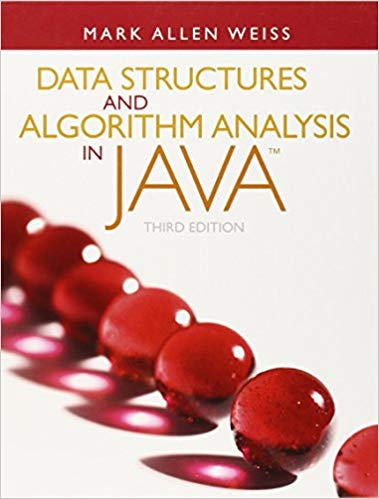Suppose you need to generate a random permutation of the first N integers. For example, {4, 3,
Question:
1. Fill the array a from a[0] to a[n-1] as follows: To fill a[i], generate random numbers until you get one that is not already in a[0], a[1], . . . , a[i-1].
2. Same as algorithm (1), but keep an extra array called the used array. When a random number, ran, is first put in the array a, set used[ran] = true. This means that when filling a[i] with a random number, you can test in one step to see whether the random number has been used, instead of the (possibly) i steps in the first algorithm.
3. Fill the array such that a[i] = i + 1. Then
for(i = 1; i < n; i++ )
swapReferences( a[ i ], a[ randInt( 0, i ) ] );
a. Prove that all three algorithms generate only legal permutations and that all permutations are equally likely.
b. Give as accurate (Big-Oh) an analysis as you can of the expected running time of each algorithm.
c. Write (separate) programs to execute each algorithm 10 times, to get a good average. Run program (1) for N = 250, 500, 1,000, 2,000; program (2) for
N = 25,000, 50,000, 100,000, 200,000, 400,000, 800,000; and program (3) for
N = 100,000, 200,000, 400,000, 800,000, 1,600,000, 3,200,000, 6,400,000.
d. Compare your analysis with the actual running times.
e. What is the worst-case running time of each algorithm?
Fantastic news! We've Found the answer you've been seeking!
Step by Step Answer:
Related Book For 

Data Structures and Algorithm Analysis in Java
ISBN: 978-0132576277
3rd edition
Authors: Mark A. Weiss
Question Posted:





